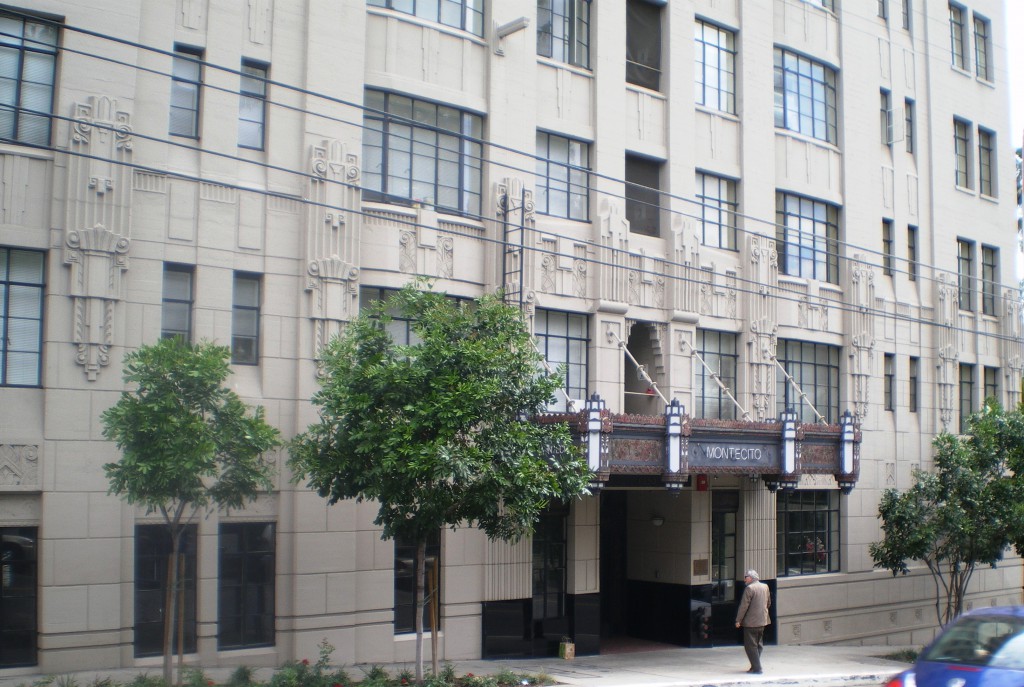Retirement communities are designed exclusively for retirees and individuals who are 55 years and older and need little to no assistance with their daily routines. For many, it’s a great way to continue living a life of freedom and independence while being able to enjoy the convenience of amenities and services that wouldn’t otherwise be available to you in a traditional home setting.
There are several types of independent living communities to choose from, many of which offer different housing options, daily activities, local transportation and 24 hour security. These are just a few of the reasons why many seniors opt for this type of lifestyle.
Different Types of Retirement Communities
Not all retirement communities are created equally and each one is specifically designed to meet the needs of its residents. As a retiree, you want to find a community that not only fits your budget, but most importantly suits your lifestyle. Below are four of the most common types of retirement communities.
1) Subsidized or low-income senior housing.
Low-income seniors can also find senior housing. The US Department of Housing and Urban Development (HUD) tends to subsidize similar facilities, which are available in all 50 states. However, there are many private assisted living centers also which are quite helpful for the ones who are not able to get admitted to the government subsidized senior living houses.
2) Congregate care housing or senior apartments.
These apartment buildings typically only house residents 55 years of age and older, with age restrictions. These homes are typically constructed of donations from well-known individuals with the help of assisted living consultants. Here, in addition to housing, the monthly rent may also consist of meal plans that are served in the communal dining room, transportation services, and leisure activities.
3) Retirement homes and communities.
Retirement communities are made up of different types of housing units ranging from single-family homes, townhouses, condominiums, duplexes, and even mobile homes. You also have the option of purchasing your unit instead of paying rent. If interested, you can refer to this active adult community near Easton to get a gist of how these communities function basically. Residents are typically 55 to 62 years of age or older. Additional monthly fees cover costs of maintenance, recreational activities, and other services.
4) Continuing Care Retirement Communities (CCRCs)
CCRCs are for individuals who may anticipate health problems later on in their life and would then need to transition from an independent living to assisted living, which is available on the same site. This type of community allows you to live as independently as you want for as long as you are capable and once you need assistance in your daily living, you’ll be relocated to a new environment that better accommodates your needs.
Other names for retirement communities that you might run across are 55+/62+ communities or active adult communities.
Average Cost of Retirement Communities
The average cost of retirement communities can vary depending on your location and the type of housing you require. In addition to monthly rent you can also expect to pay for one time application fees, entry fees, monthly maintenance fees, and additional services that might include housekeeping, laundry services, and meals.
According to a national survey done on retirement communities, residents pay anywhere from $1000 to $4000 a month which generally includes the house rent, utilities, maintenance, and use of community amenities.
Medicare might not cover independent living expenses in the US. However, there are certain long-term insurance coverages like the ones provided by Final Expense (if interested, read more here) and federal assistance programs that may be able to shoulder costs if you qualify.
Daily Activities, Services and Amenities in Retirement Communities
Some retirees would describe life in a retirement community as a “luxury cruise with no end.” And who could blame them given all the amazing activities, services and amenities that are available to residents.
Here are just a few examples of what you might expect to find in your community.
• Daily, Weekly and Monthly Community events including recreational, cultural, educational, and the like
• Daily activities such as group exercises, workshops, book clubs, hands-on projects, etc.
• Financial services such as banking, bills pay, and money transfers
• Concierge service which is always helpful
• Local transportation with no extra cost to nearby supermarkets, malls, clinics and more
• Religious services, chapel, weekly mass
• Linen and laundry service so you no longer need to wash and dry clothes, ever again
• 24-hour security for the safety and well-being of the residents and the entire community
• Library for avid readers or for those who continuously want to learn
• Computer access which is ideal for researching or simply keeping in touch with family and friends through emails and social media
• Swimming pool for avid swimmers
• Fitness facilities which include all the equipment you need to stay strong and healthy
• Golf and/or tennis courts for the more physically active individual
• Beauty and nail salon, barbershops, and full service spas when you want to relax and be pampered
• Gardens and/or walking paths so that you can conveniently enjoy the outdoors without having to go far or leave the premises
Retirees in Retirement Community
Who can you expect to see living in these communities? Contrary to common belief, the residents living in these communities are mobile, active and for the most part, in very good health. Statistics show that 90% of seniors in retirement homes require no aid from walkers, wheelchairs or personal care services. Approximately 70% of those seniors are women according to a recent survey. The average age of retirees are around 80 years old, with a majority taking residency between the ages of 75 to 85 years.



